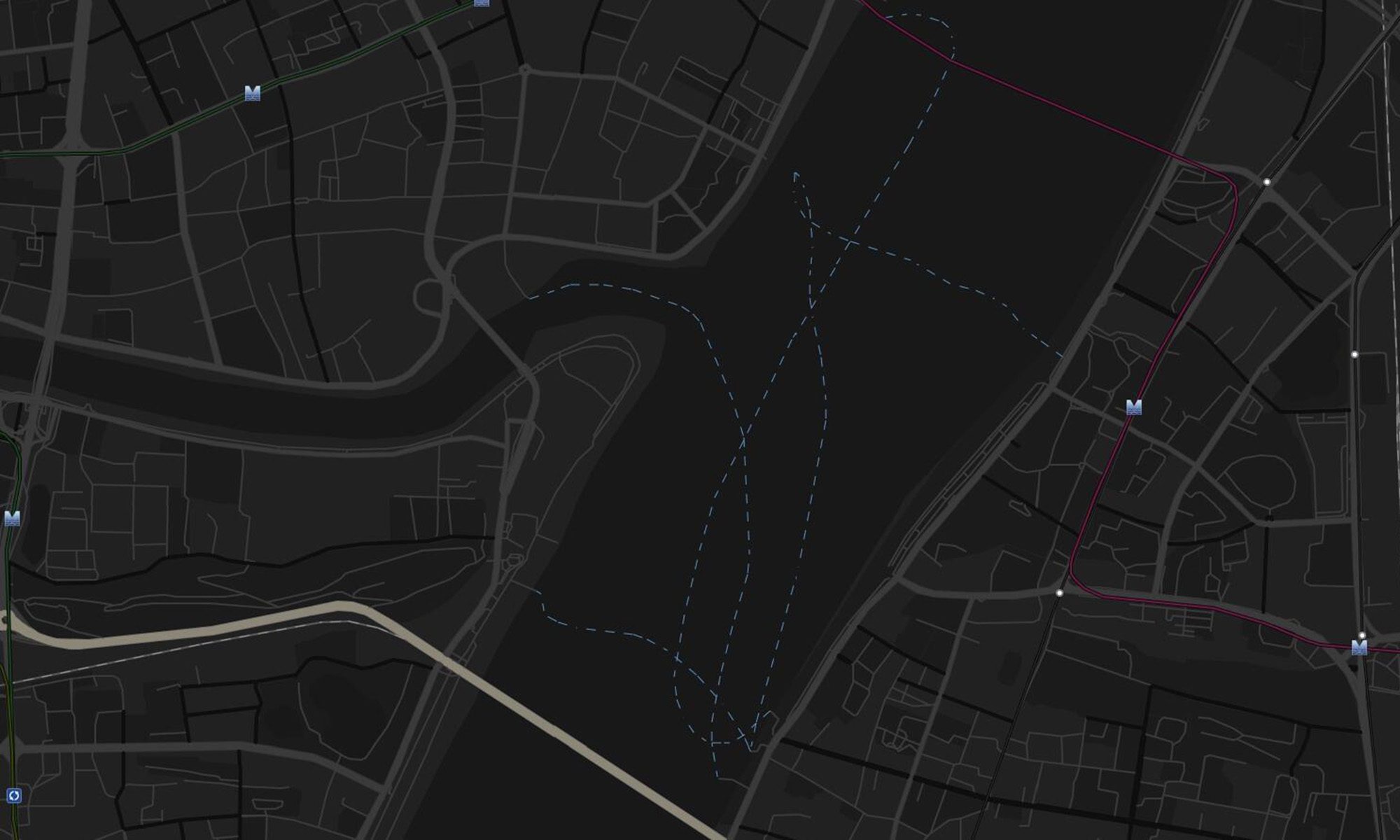A university is a typical urban community, and the analysis of transport carbon emissions and its reduction potential at the campus scale is important for the city’s dual carbon goals. This research mainly uses the emission factor method through the investigation of faculty members and the analytical method of geographic information system by a bottom-top methodolgy.

Transport carbon emission accounting and the results were visualised at the campus and the building scales. Further, based on the results of research and analysis, this research proposes emission reduction strategies, calculates their emission reduction potentials, and puts forward corresponding policy recommendations for emission reduction and governance at the campus and community scales.
The research by Jiang R, Liu X, and Lyu T was submitted to the 15th National Social Practice and Science Competition on Energy Conservation and Emission Reduction for College Students and got national third prize.
Continue reading “University campus transport carbon accounting and emission reduction potential from the perspective of spatiotemporal behaviour”

